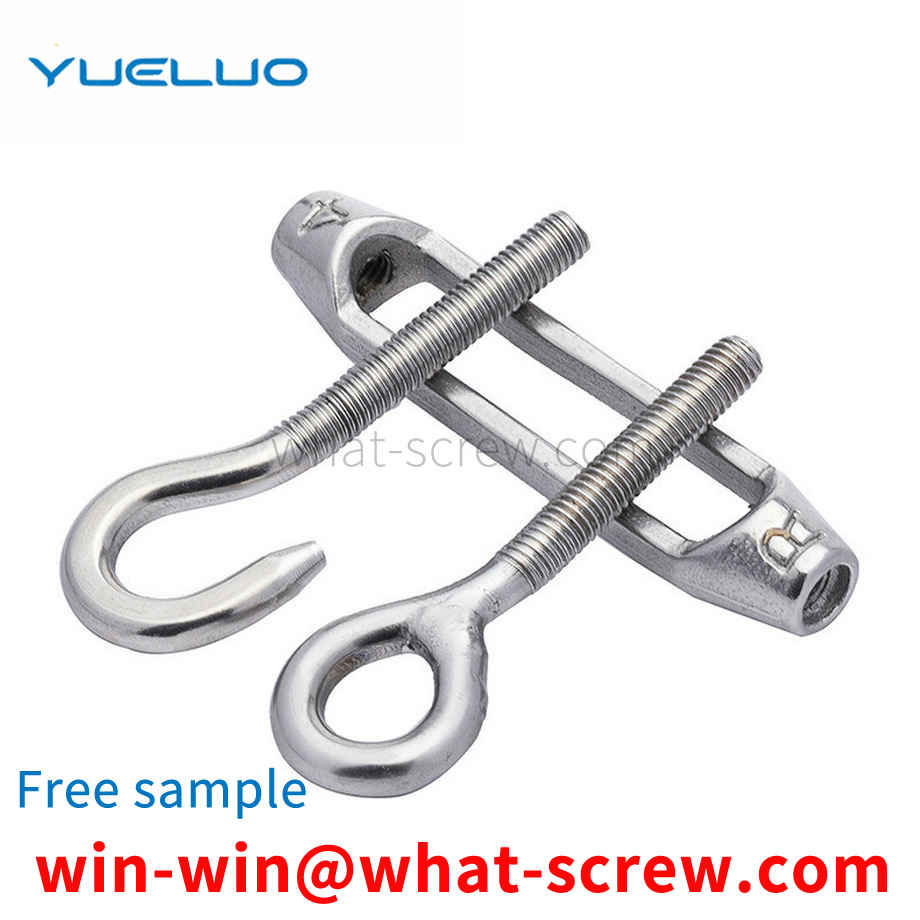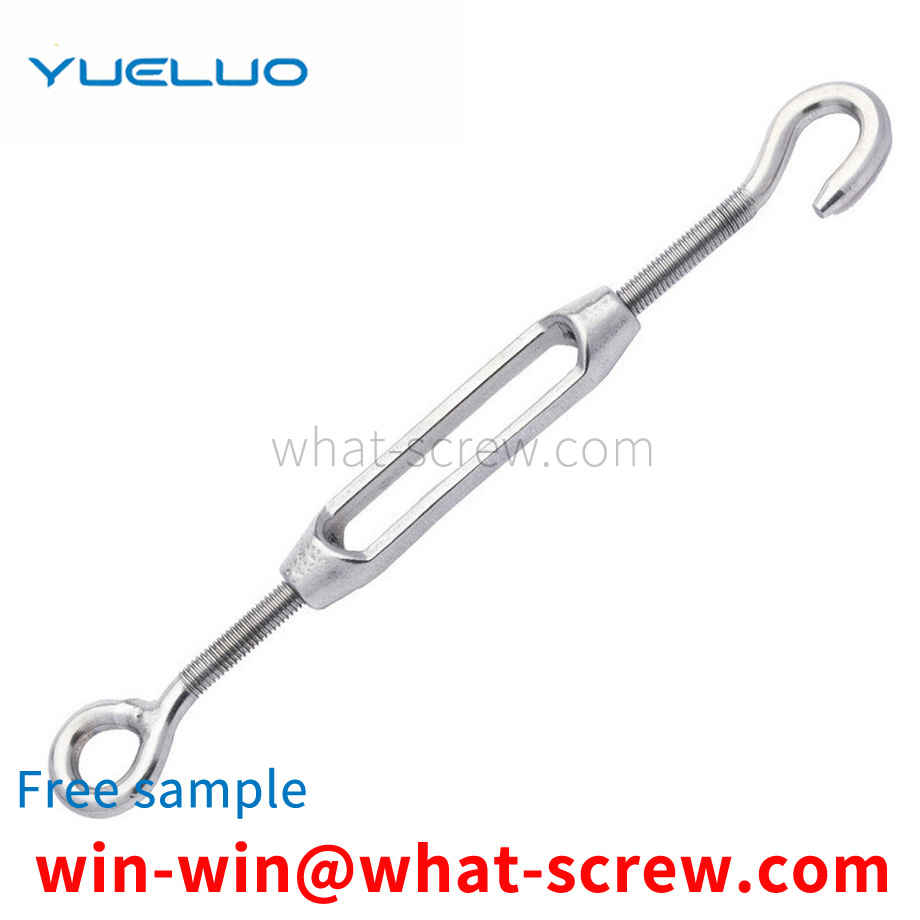In the process of our transformation and upgrading from big manufacturing to strong manufacturing, the talents of the main body of innovation play an important catalytic role, including a large number of engineers, and drawings are a necessary expression tool for their practical innovation. Engineering drawing courses, as the basic courses of engineering colleges, play an important role in students' ability to read and output engineering drawings, and are directly related to the innovation ability in future work practice.
When the nut is tightened on the stud, there will inevitably be an empty upstroke. That is, when the nut has not reached the part that needs to be tightened, the nut needs to be twisted on the non-locking (working) part of the front end of the stud by hand or tool, so that the nut runs along the axial direction of the stud and reaches the part to be locked. . When the idling stroke of the thread at the front end of the stud is long or the thread pitch is small, the idling stroke before locking will waste a lot of time, resulting in a huge occupation of personnel or tools.
Fig. 1, Fig. 2, and Fig. 3 show that the rivet nut is cut into the required blank from a chemically treated low carbon steel disc, and the blank is placed in the die, and the upper and lower punches are used for shaping to obtain a shaped blank. , and then put the shaped blank in the die, use the punch punch to cold-head out the required brim blank (1) and the deformed skirt (2), and then use the punch punch in the die to continue Cold heading out the brim blank (1) and the deformed skirt (2). Then put the semi-finished material into the concave die and use the punch of the punch to continue to squeeze the threaded hole (3) of the nut tapping skirt, and then put the semi-finished blank into the concave die and use the upper punch and the lower sleeve to drop it. material. There are fish teeth (6) below the brim; the outer side of the lower end of the threaded hole is provided with a chamfer (5); the cross-section of the thread of the inner wall of the threaded hole is an isosceles trapezoid, and the upper bottom of the trapezoid is a concave arc (4), In this way, the riveted object is firmly connected to the rivet nut.
A hand screw is a screw with a plastic head, and the user fixes the hand screw by turning the plastic head by hand. At present, a hand screw is disclosed in the market publication number CN202203253U, which includes a plastic head and a screw rod, the plastic head and the screw rod are connected together, and the height of the plastic head is higher than that of an ordinary screw, and the height is 13 cm. The screw of the hand screw is fixed in the plastic head by glue. After a period of use, the aging of the glue leads to the loosening of the screw and the plastic head. When the plastic head is stressed, the screw rod comes out of the plastic head, which affects the normal use of the hand screw.
People often think that magnets attract stainless steel to verify its pros and cons and its authenticity. If it does not attract non-magnetism, it is considered to be good, and it is genuine; if it is magnetic, it is considered to be counterfeit. In fact, this is an extremely one-sided, unrealistic and wrong identification method. There are many kinds of stainless steel screws, which can be divided into several categories according to the organizational structure at room temperature: 1. Austenite type: such as 304, 321, 316, 310, etc.; 2. Martensite or ferrite type: such as 430, 420, 410, etc.; Austenite type is non-magnetic or weakly magnetic, and martensite or ferrite is magnetic. Most of the stainless steel usually used for decorative tube sheets is austenitic 304 material, which is generally non-magnetic or weakly magnetic, but may also appear magnetic due to fluctuations in chemical composition or different processing conditions caused by smelting, but this cannot be considered as a Counterfeit or substandard, what is the reason for this? As mentioned above, austenite is non-magnetic or weakly magnetic, while martensite or ferrite is magnetic. Due to component segregation or improper heat treatment during smelting, a small amount of martensite or ferrite in austenitic 304 stainless steel will be caused. body tissue. In this way, 304 stainless steel will have weak magnetism. In addition, after cold working of 304 stainless steel, the structure will also be transformed into martensite. The greater the cold working deformation, the more martensite transformation, and the greater the magnetic properties of the steel. Like a batch of steel strips, Φ76 tubes are produced without obvious magnetic induction, and Φ9.5 tubes are produced. The magnetic induction is more obvious due to the large deformation of the bending and bending. The deformation of the square rectangular tube is larger than that of the round tube, especially the corner part, the deformation is more intense and the magnetic force is more obvious. In order to completely eliminate the magnetic properties of 304 steel caused by the above reasons, the stable austenite structure can be restored by high-temperature solution treatment, thereby eliminating the magnetic properties. In particular, the magnetic properties of 304 stainless steel caused by the above reasons are completely different from those of other materials such as 430 and carbon steel, which means that the magnetic properties of 304 steel always show weak magnetic properties. This tells us that if the stainless steel strip is weakly magnetic or completely non-magnetic, it should be judged as 304 or 316 material; if it is the same as carbon steel, it shows strong magnetism, because it is judged as not 304 material.
We have many years of experience in the production and sales of screws, nuts, flat washers, etc. The main products are: plastic cap nuts, big head bolts, Q460 countersunk head rivets, cylindrical end set screws and other products, we can provide you with suitable tightening screws. Firmware Solutions.



















 Service Hotline
Service Hotline




